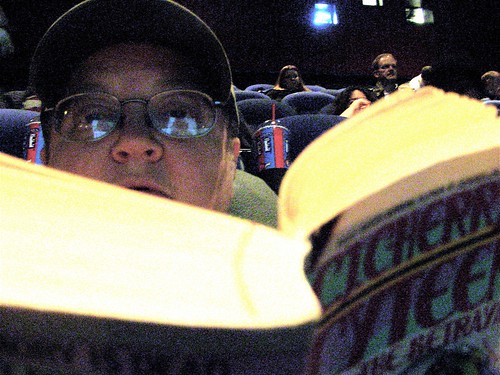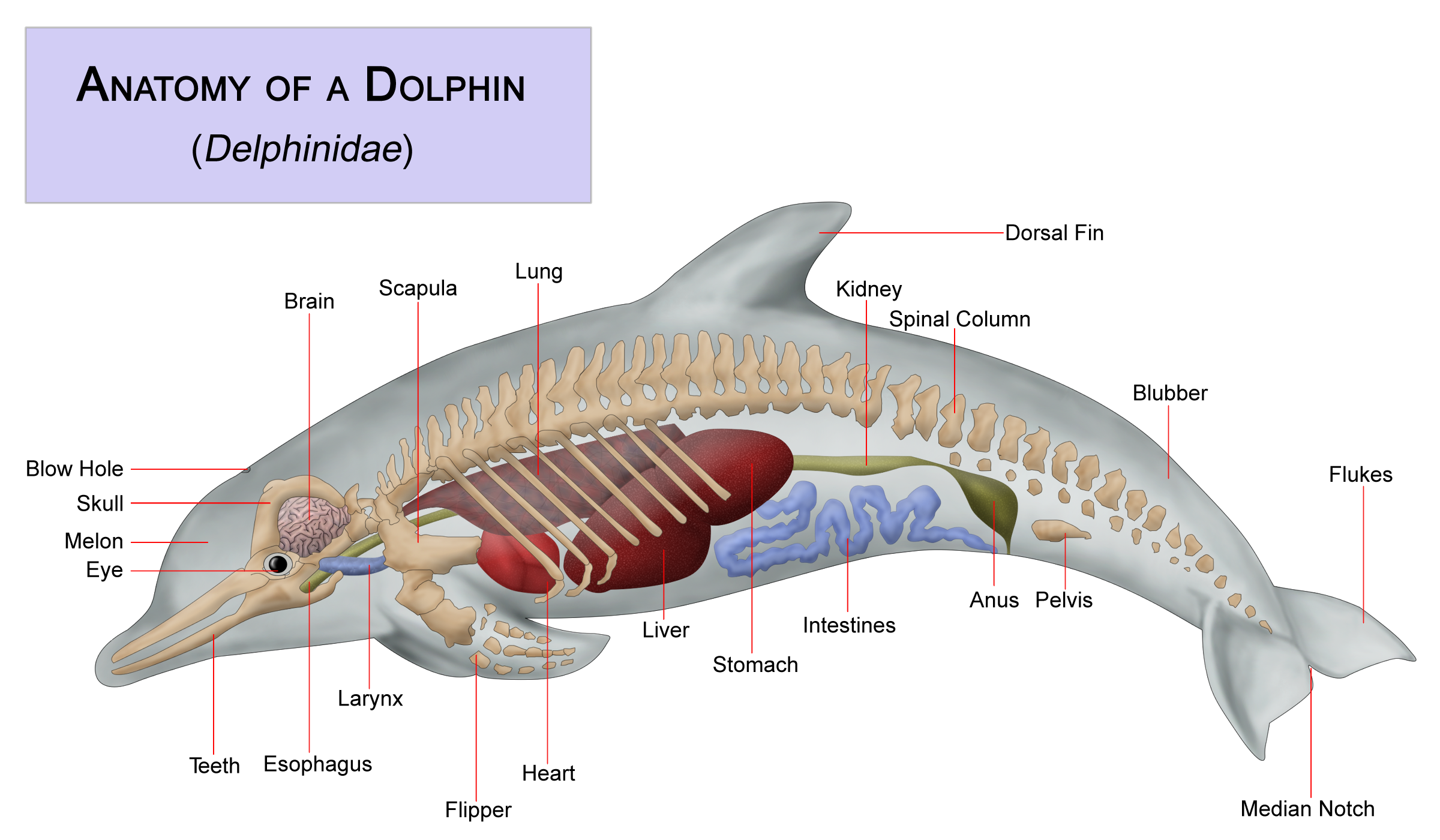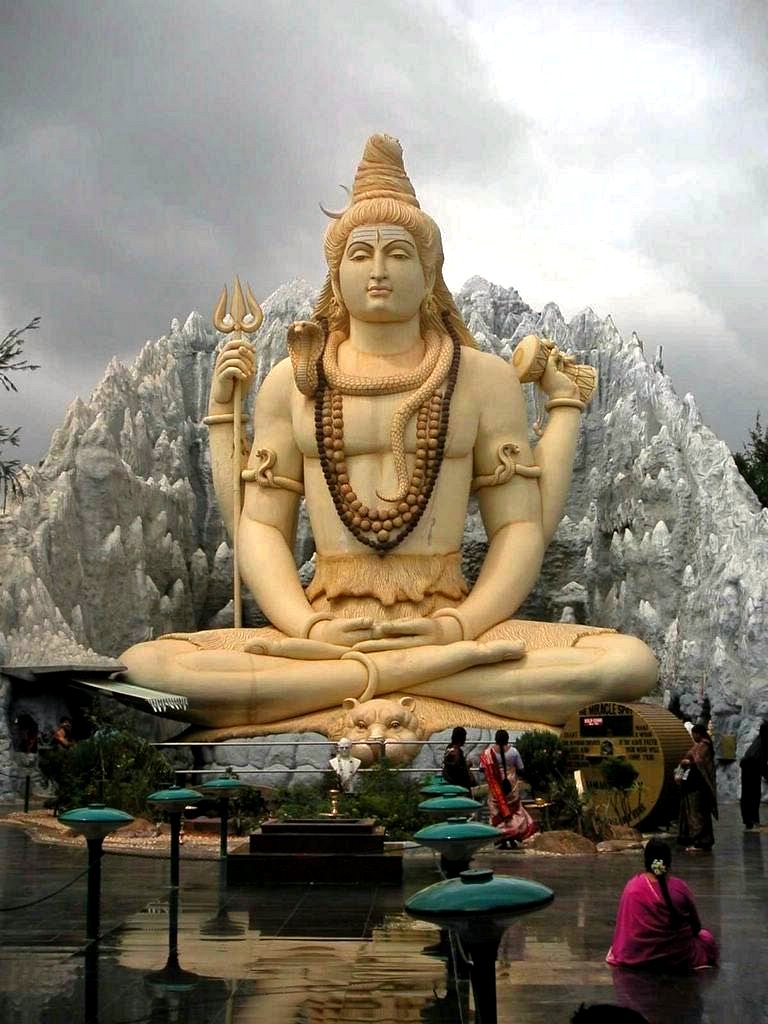Cold and Long Dark
|
Okay, well this photo is of me at one of my local movie theaters reading one of my favorite novels, C.J. Cherryh’s Cyteen, while waiting for “The Golden Compass” to begin. So one could say I was awash in storymind in a way — in other people’s stories.
But mostly when I talk storymind I’m talking about that weird space in my own mind when I’m deepstewing in my own creative juices, & I hope I can get all the stuff I’m thinking down on paper (or virtual paper — wherever my wordprocessing happens to take place) before I lose track of it all.
I have a piece I need & promised to write about the ongoing Sheraton Anchorage hotel boycott, & it will get written. But storymind’s where it’s at tonight, sorry folks.
Part of what prompts it is this really cool new blog that my friends over at Crossed Genres started up a few days ago. It’s called Science in My Fiction — a blog guaranteed to get readers participating in storymind. Fits right in, too, with stuff I was saying the other day about extrapolating from the present into the future, one of the tools for worldbuilding in science fiction. I was talking then about extrapolating from the current political situation vis-a-vis corporations. Science in My Fiction is talking about — oh but hey, let me just quote from Kay Holt’s inaugural post over there:
Lately there’s been an alarming trend away from the logical path. A lot of cultural progress has been undermined by zealous ignorance, and recapturing lost momentum can be the work of generations. Fortunately, storytellers have a shortcut at their disposal.
Extrapolation is the wave of the future. While there’s value in reinterpreting, revamping, and remixing old stories, the impact of those expires faster after each pass through the cultural recycler. In fact, they’ve become ironic; some old stories now fuel the social destruction they originally opposed. People need something to look forward to. Extrapolation can always deliver those goods.
Today’s storytellers have another underused asset within easy reach; science. Yes, science and arts are commonly taught and applied with as much distance between them as possible. That’s not just proof of a failing education system, it’s also a casual disregard of history. Da Vinci had it right; creation and investigation belong together. It’s time to put that concept back into practice. [emphases added]
So there you have it, yeah: extrapolating into the future by means of science — or, as Science in My Fiction succinctly explains:
The purpose of the Science in My Fiction blog is to get science fiction and fantasy writers and fans thinking ahead of science again. Playful bloggers will take a look at recent scientific developments and extrapolate potential futures from them.
Playful, yes! Check out that first blog post: there’s already a bunch of humans — playful as dolphins — riffing off Kay’s extrapolative speculations about dolphin sapience. Bounce those ideas around in your melon. And join in!
But that’s not all that’s got my storymind in high gear. I spent lunchtime today reading back over some of the 13,500 words I wrote last November 28 in my headlong hurry to catch up with my NaNoWriMo 2009 writing, because it was in that day’s writing that the kernel of a story idea emerged, which I’m planning to cause the further emergence of tonight. Further extrapolation, if you will, arising out of some of the what-ifs I already had going in the story universe of Long Dark, which zinged into a whole buncha new what-ifs:
- Ships heading out of Sol System on their way between stars to another solar system, where the events of Cold will eventually take place. How will the residents of these ships keep themselves from going stark raving nutters in their decades-long journey through the Long Dark?
- Well, obviously, some of them will go nutters. Even in the relatively peaceful society of the Consensus, wherein each & every person holds equivalent power in every decision that affects her or his life, there will still be the occasional anger or fear or delusion leading to craziness or crime. But what does one do with a criminal — not just a criminal, but an actual murderer — in the closed biosphere of a star-traveling tin can? Just how does the criminal justice system in my ideal little society operate?
- And wow, we’ve got a murder victim here — a dead body! What do we do with it? Do we put it out an airlock like so many SF stories do — the outer space equivalent of “burial at sea”? Or wait — we’re talking about a closed ecological life support system (CELSS) here — if you dump a body into outer space, even a human body, you’re wasting valuable biological resources that are not all that damn easy to replace when you’re trucking along at one-tenth the speed of light far from the abundance of home. You need that body. So… how do you bury it? And recycle it? And deal with the emotional & spiritual repercussions of burying your dead in your own — say it — your own spaceship’s waste management system?
- And who is the murder victim? Could it be — no, not possibly — but yes, it is. Jyoti, one of Long Dark’s central characters, she who is the most beloved of Esti Gusev, another central character. Wow. Am I actually gonna pull a Joss Whedon & kill off such an important character? Not an easy thing for a softie like me to do, but… yes. I am.
- But why? What is the motivation of this creep who kills her? Could it have anything to do with Lord Shiva? In fact, yes.
Diving in right now. Working title: Asura.



